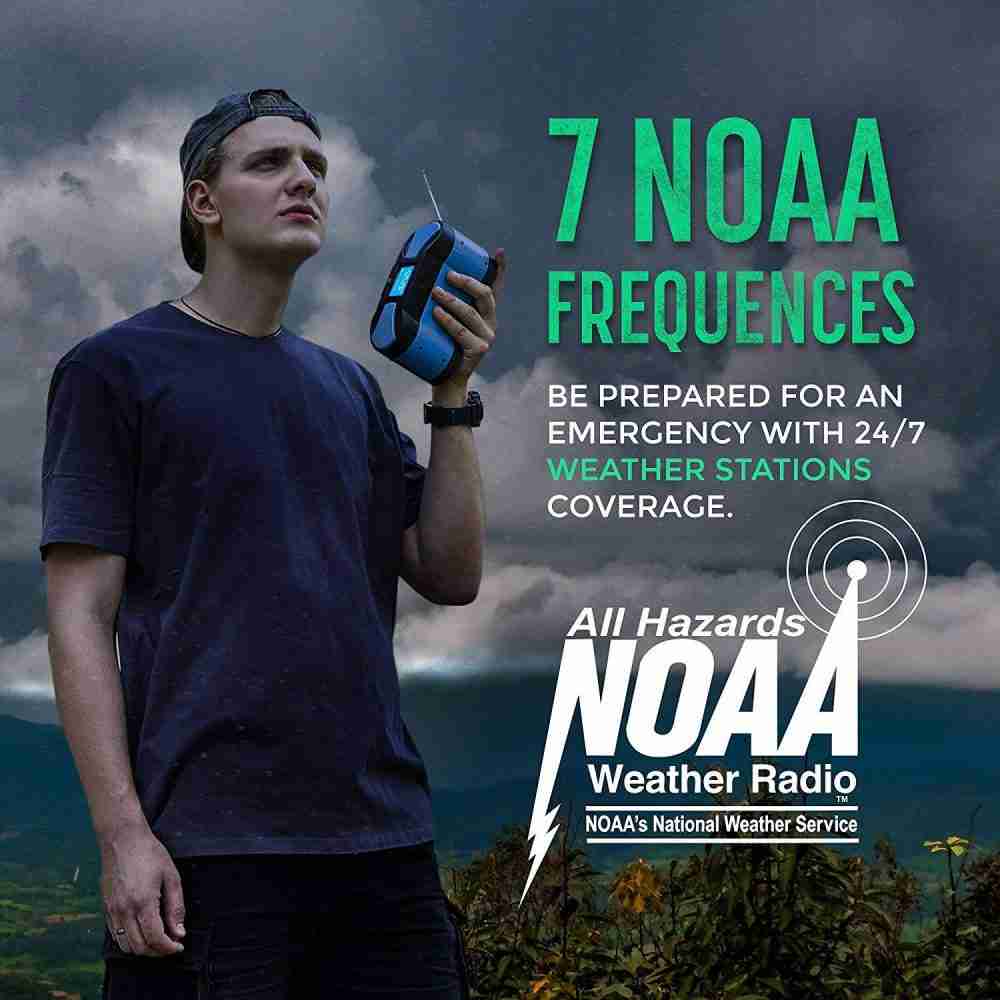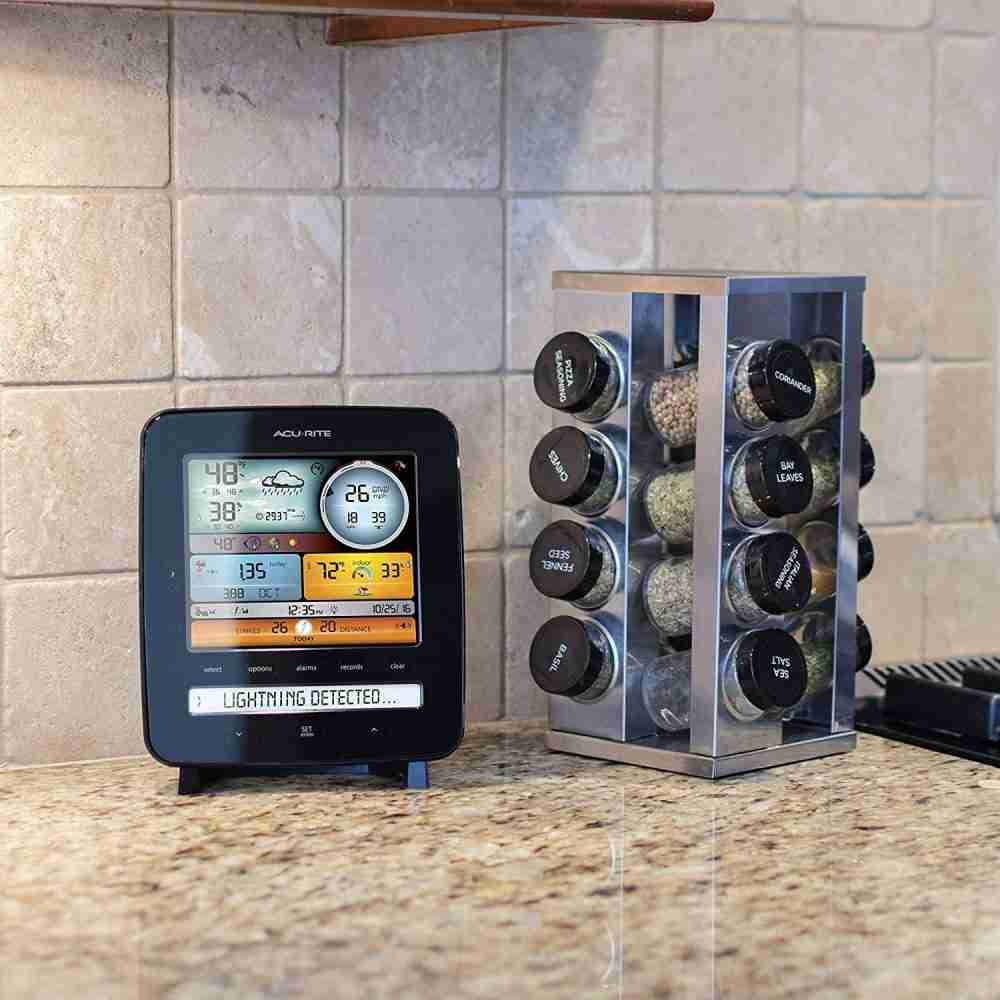Planning a camping trip can be an exciting adventure, but one of the most crucial decisions is choosing the right tent. With so many options available, it can be overwhelming to determine which size and design will best suit your needs. Whether you are a seasoned camper or new to the great outdoors, our guide will provide valuable insights and tips to help you make an informed decision. From considering the appropriate size for your group to evaluating the different designs, join us as we explore the essentials of choosing a tent for your next camping excursion.
Factors to Consider
When it comes to choosing a tent for camping, there are several factors that we need to consider. From the size and design to seasonality and weight, each factor plays an important role in determining the right tent for our camping adventures. In this article, we will delve into each factor and explore the various options available in the market to help us make an informed decision.
Size
Sleeping Capacity
One of the first things to consider when choosing a tent is the sleeping capacity. We need to determine how many people will be sleeping in the tent. Tents are typically categorized based on the number of people they can accommodate, ranging from solo tents to tents that can accommodate eight or more people. It’s important to choose a tent with sufficient sleeping capacity to ensure everyone has enough space to sleep comfortably.
Interior Space
Apart from the sleeping capacity, we also need to consider the overall interior space of the tent. This includes the floor dimensions and the peak height. The floor dimensions determine the space available for sleeping and storing our gear, while the peak height determines how much headroom we will have inside the tent. Choosing a tent with ample interior space is essential for a comfortable camping experience.
Design
Dome
Dome tents are one of the most popular designs in camping tents. They have a simple yet sturdy structure, with two or more intersecting poles creating a dome-like shape. Dome tents are known for their excellent wind resistance and stability, making them suitable for a wide range of camping conditions.
Tunnel
Tunnel tents are elongated and have a tunnel-like structure, with flexible poles creating a curved shape. These tents are ideal for camping with larger groups, as they provide ample interior space. Tunnel tents are also relatively easy to set up and offer good ventilation.
Cabin
Cabin tents are characterized by their vertical walls and spacious interior. They are designed to resemble a cabin, with straight sidewalls and a taller peak height. Cabin tents are perfect for family camping, providing ample space for sleeping and storing gear. However, they may not be as sturdy in windy conditions compared to dome or tunnel tents.
Geodesic
Geodesic tents are specially designed for harsh weather conditions, such as strong winds and heavy snowfall. They have a complex pole structure that provides maximum stability and strength. Geodesic tents are a top choice for mountaineering or winter camping, where durability and weather resistance are paramount.
Convertible
Convertible tents offer versatility by allowing us to modify their configuration based on our needs. They can be transformed from a single-room tent to a multiple-room tent, providing flexibility for different camping scenarios. Convertible tents are a great option for those who want the ability to adapt their tent design as needed.
Seasonality
3-Season Tents
3-season tents are designed for use in spring, summer, and fall. They are lightweight and provide ample ventilation, making them suitable for mild weather conditions. These tents typically feature mesh panels for enhanced airflow, which helps to keep us cool during warm summer nights. However, they may not be as suitable for cold or snowy conditions.
4-Season Tents
4-season tents, also known as mountaineering tents, are designed to withstand harsh weather conditions, including cold temperatures, heavy snowfall, and high winds. These tents have a sturdier construction and are made with more durable materials. They often feature additional guy lines and reinforced poles to provide maximum stability. 4-season tents are a must-have for winter camping or camping in extreme weather conditions.
Weight
Ultralight Tents
If we are planning a backpacking or hiking trip, weight becomes a crucial factor in choosing a tent. Ultralight tents are specifically designed to be lightweight and compact, making them easy to carry on long treks. These tents use lightweight materials and minimalist designs to reduce weight without compromising on durability.
Lightweight Tents
While not as lightweight as ultralight tents, lightweight tents still offer a good balance between weight and comfort. They are suitable for car camping or short hikes where weight is not the primary concern. Lightweight tents are often more spacious and offer additional features compared to ultralight tents.
Family Tents
For family camping trips or group outings, weight may not be a major concern. Family tents are designed to accommodate larger groups and provide ample interior space. These tents are usually heavier due to their size, but they offer the necessary space and comfort for a memorable camping experience with our loved ones.
Instant Tents
If we prioritize convenience and ease of setup, instant tents are a great option. These tents can be set up in a matter of minutes, thanks to their pre-attached poles and pop-up designs. Instant tents are ideal for those who want to spend less time setting up camp and more time enjoying the great outdoors.
Durability
Tent Materials
The durability of a tent depends on the materials used in its construction. Common tent materials include polyester, nylon, and canvas. Polyester and nylon are lightweight and resistant to water and UV rays, making them ideal for most camping conditions. Canvas is heavier but offers better breathability and insulation, making it suitable for extended camping trips.
Rain Fly
A rain fly is an essential component of a tent that provides additional protection against rain and moisture. It acts as a waterproof cover that goes over the tent to prevent water from seeping in. When choosing a tent, it’s important to ensure that the rain fly is made of durable and waterproof material to keep us dry during rainy weather.
Seam Taping
Seam taping is another crucial feature to consider when looking for a durable tent. It involves applying a waterproof tape to the seams of the tent to prevent water from entering through the needle holes. A tent with properly sealed seams is essential for keeping us dry in wet conditions.
Zippers
Zippers are often overlooked but play a significant role in the durability of a tent. High-quality, sturdy zippers are essential to ensure smooth operation and prevent snagging or breaking. Look for tents with heavy-duty zippers that can withstand repeated use and harsh weather conditions.
Poles
The tent poles provide the structural support for the tent. They can be made of aluminum or fiberglass, each with its own advantages. Aluminum poles are lightweight, strong, and resistant to corrosion, while fiberglass poles are more affordable but may be less durable. Consider the tent’s intended use and choose poles that are suitable for the camping conditions you anticipate.
Ease of Setup
Traditional Tents
Traditional tents require separate assembly of the poles and the tent body. While they may take a bit more time and effort to set up, they often provide a more stable and secure structure. Traditional tents are a good choice for those who prioritize durability and don’t mind spending a little extra time on the setup process.
Freestanding Tents
Freestanding tents are designed with pre-attached poles, allowing them to stand on their own without the need for stakes. This makes them easier to set up and move around. Freestanding tents are a popular choice for those who prefer convenience and flexibility in their camping setup.
Pop-up Tents
Pop-up tents are the epitome of convenience when it comes to setup. These tents can be unfolded and popped into shape in a matter of seconds, eliminating the need for any assembly. Pop-up tents are perfect for those who want a hassle-free camping experience without sacrificing comfort.
Inflatable Tents
Inflatable tents, as the name suggests, are designed with inflatable beams instead of traditional poles. They can be set up by inflating the beams using a pump, creating a sturdy structure. Inflatable tents are gaining popularity due to their quick and easy setup process, making them a great option for campers who want to minimize effort and save time.
Price
Budget Tents
For those on a tight budget, there are plenty of affordable tents available that offer good value for money. Budget tents may not have all the bells and whistles of more expensive options, but they still provide a reliable and comfortable shelter for camping trips. It’s essential to assess our needs and prioritize features that are most important to us when considering budget tents.
Mid-range Tents
Mid-range tents strike a balance between affordability and quality. They offer a wider range of features and better construction compared to budget tents. Mid-range tents are suitable for campers who are looking for added durability, comfort, and versatility without breaking the bank.
High-end Tents
High-end tents are designed to provide the utmost comfort, durability, and performance. They often incorporate advanced features and innovative designs. These tents are perfect for avid campers or those who frequently embark on challenging camping adventures. While high-end tents may come with a higher price tag, they offer exceptional quality and reliability.
Ventilation
Number of Windows
Good ventilation is essential in a tent to prevent condensation buildup and ensure a comfortable sleeping environment. The number of windows in a tent plays a significant role in airflow. More windows mean more opportunities for cross ventilation, allowing fresh air to circulate and keeping the interior cool and breathable.
Mesh Panels
Mesh panels are another important feature when it comes to ventilation. Tents with ample mesh panels allow for increased airflow, preventing the buildup of heat and condensation inside the tent. Mesh panels also provide a clear view of the surrounding scenery and allow us to enjoy stargazing from the comfort of our tent.
Vent Openings
Vent openings are strategically placed openings in the tent that allow hot air to escape and cool air to enter. These openings promote air circulation and help maintain a comfortable temperature inside the tent. Look for tents with adjustable vent openings, as they allow us to control the airflow based on the weather conditions.
Rain Fly Coverage
While ventilation is important, it’s equally crucial to have proper coverage provided by a rain fly. A rain fly protects the tent from rain and moisture, but it can also limit ventilation if it extends too far down the sides of the tent. Look for tents with rain flies that provide sufficient coverage without compromising airflow.
Storage Space
Having ample storage space in a tent is essential for organizing our gear and keeping the interior clutter-free. Look for tents that offer storage pockets, gear lofts, or overhead organizers. These features provide convenient spaces to stow away smaller items like flashlights, phones, or books, keeping them within reach and off the floor.
Additional Features
Gear Attachments
Having gear attachments on the tent can be a convenient feature, especially for camping trips that require additional equipment. Look for tents with loops or hooks that allow us to hang lanterns, clotheslines, or gear shelves. These attachments help to keep our gear organized and easily accessible.
Privacy Flaps
Privacy flaps are a useful addition to tents, especially for those who prefer some seclusion or privacy inside the tent. These flaps cover the windows and doors, allowing us to block out light and create a more intimate space. Privacy flaps can be adjusted to let in light during the day or to darken the tent for better sleep at night.
Color Options
While color may not make or break the functionality of a tent, it can add a touch of personal style to our camping setup. Many tents come in a variety of color options, allowing us to choose one that matches our personal preferences or stands out in the wilderness. Bright colors can make our tent easier to spot in a crowded campground or in case of an emergency.
Repair Kit
A tent is subjected to wear and tear over time, especially during extended camping trips or in rough weather conditions. Having a repair kit on hand can be a lifesaver when it comes to fixing minor damages on the go. Look for tents that come with a repair kit or consider purchasing one separately to ensure we are prepared for any unexpected mishaps.
In conclusion, choosing a tent for camping involves considering several factors such as size, design, seasonality, weight, durability, ease of setup, price, ventilation, storage space, and additional features. By carefully assessing our needs and the specific requirements of our camping adventures, we can find the perfect tent that provides comfort, reliability, and an enjoyable camping experience for years to come. Happy camping!





































